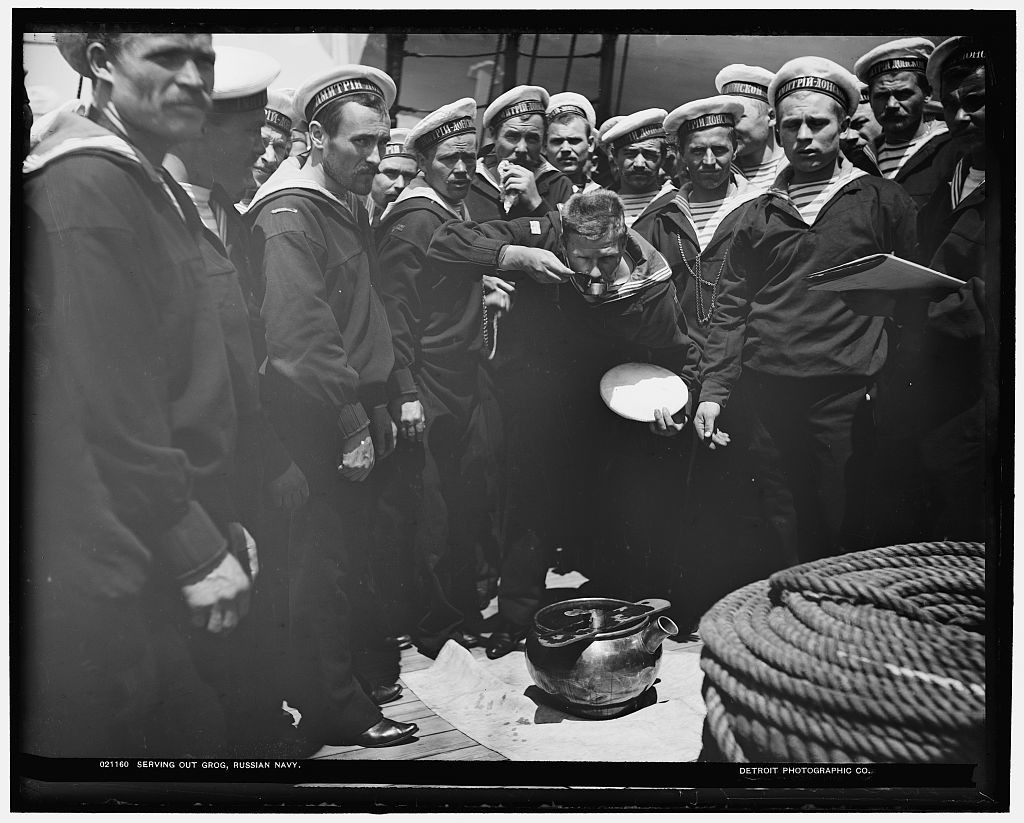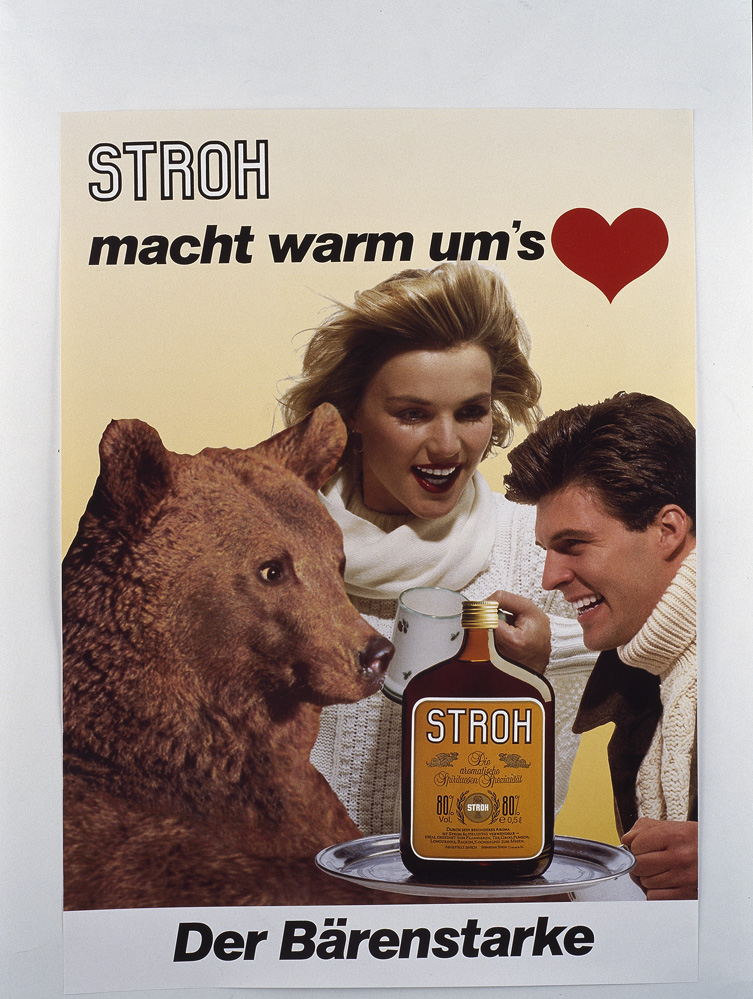Originally posted 10 May 2012
In the era before television and radio, music was the mass media that reflected the issues of the day. Topical songs were composed to argue points of view, and within days of a news story hitting the headlines, sheet music would appear advocating or satirizing both points of view. The anti-alcohol forces in the USA in the late 1800’s churned out sheet music along with an endless stream of tracts and flyers, most of which depicted alcohol use in apocalyptic terms. A shining example is “Father’s a Drunkard and Mother Is Dead,” which marries a catchy tune to some very bad rhymes. Here’s a sample couplet:
“We were all fine before daddy drank rum, then all our problems and troubles begun.”
There are many words in the English language that rhyme with “rum”, but that doesn’t mean that Stella the Poetess actually knows any of them…
This piece has a personal side for me – that picture is of a page in my great-grandmother’s scrapbook from the early 1900’s in which she pasted the lyrics of these and other temperance songs that were printed in the Baltimore Sun. I had been amused by the dreadful poetry for many years before I ever heard the tune. Not all the songs are that bad; another temperance song called “The Rum Seller’s Farewell” has surprisingly good lyrics and an interesting premise. The rum seller in question is boarding up his shop on his last day of business – his custom has dwindled because everyone has embraced the virtues of temperance, and now all his former customers are drinking tea with their families instead of carousing all night. Needless to say, the day those crusaders dreamed of never actually came to pass…








